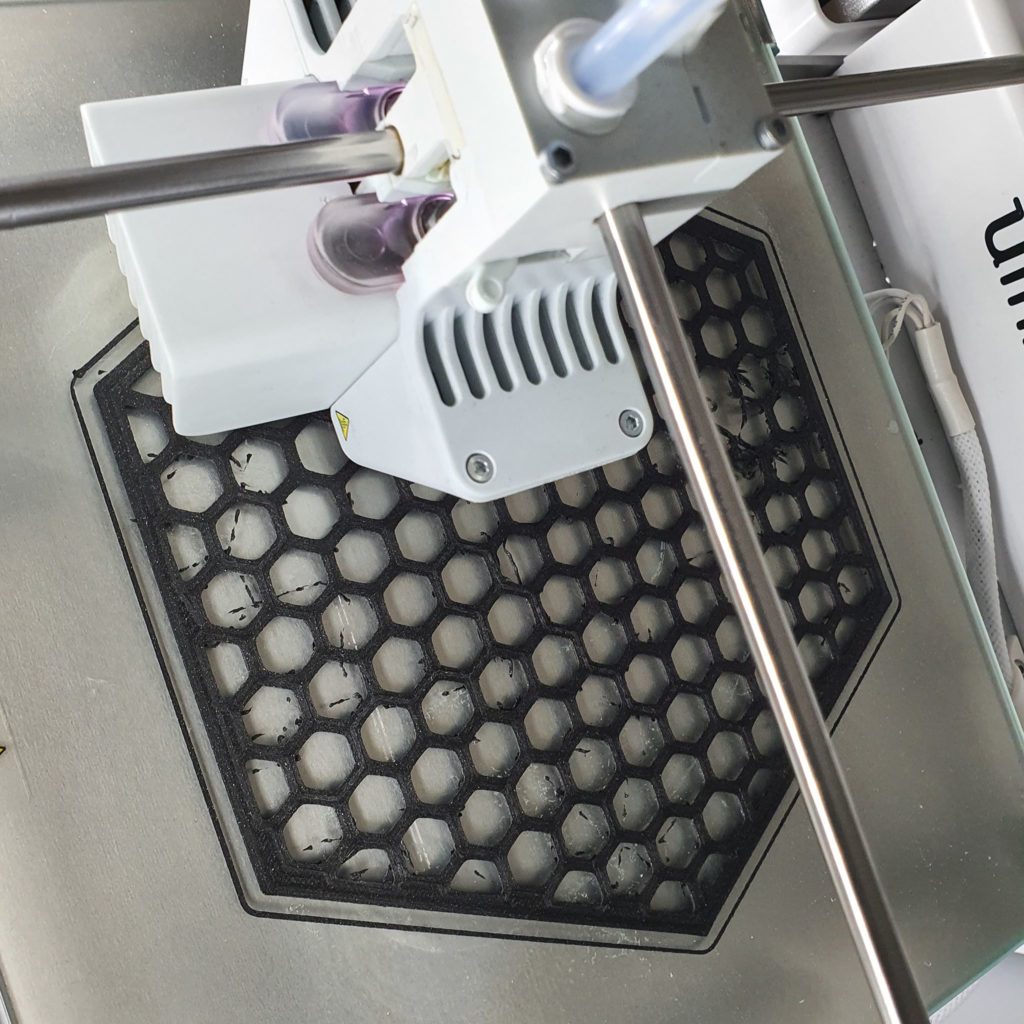
The internet is a big place, however just like the world it seems to revolve around one table, specifically when you have a specific set of interests. That is how I met Katie Larsen, an architectural technologist, with an interest in sustainability and vernacular architecture.
After getting to meet digitally over skype and talking some time on various topics such as education, challenges we face as internationals, and most importantly our shared passion for research projects and DIY thinking and methods we decided to research and attack topic by combining our strengths and know hows.
So InSeed was born – a project dedicated to the exploration of InDoor farming – like having a small garden on your wall or strategically placed around the apartment. The reality is that not all who live in the city have access to a garden and we have to rely on local markets and food stores to procure our veggies and on their policies regarding sustainability and local production to be fair and suitable for our personal preferences. Also taking not only the farming aspect into account but also the design and efficiency with a slight contour of local production of such systems – with the aid of 3D printing.
As easy it is to go to you local market, buy some raw material to begin plating and growing veggies, using system such as this that require some horizontal setting came be space consuming and to be hones, inaesthetic over time.

But who cares about aesthetics? Well, you should, because aesthetics also brings some psychological side effects to the table, be they positive or negative.
Aesthetic experiences are offered by multiple contexts, (e.g., museums, galleries, churches, etc.). Several psychological perspectives considered aesthetic experience as a rewarding process and suggested a link between aesthetic experience and pleasure (Berlyne, 1974; Leder et al., 2004; Silvia, 2005). Recent studies suggest the arts can promote health and psychological well-being and offer a therapeutic tool for many, e.g., adolescents, elderly, and vulnerable individuals (Daykin et al., 2008; Todd et al., 2017; Thomson et al., 2018). Aesthetic experience has been associated with mindfulness meditation, as it leads to enhancing the capability of perceptually engaging with an object (Harrison and Clark, 2016).
Quote from here
So one of the of the first of parameters were focused more on the functional side:
- hexagon shaped that could fit a 200 x 200 mm grid
- 40-50 mm for the depth where soil/ seaweed mix can be placed
- 10×10 mm grid to hold the mix in place.

We start with a simple box to test if the 3D printing technology is a good solution to deal with the problematic – aspects that will be investigated are:
- impervious to water
- flexibility
- sustainability and effect of this technology and on the experiment
Stage two
- adjust the design to be wall mounted and modular
- fix issues with vertical stacking, if any are presented in stage one
- early stage design to implement tech farming such as: irrigation and lightning – not all of us have access to natural light year round.






Two very interesting factors came into play here: one being the cost of the material for these two boxes was less than the postage Sweden-Denmark; second – to make this process even more efficient we need to win Katie a printer ? transfering only digital data between us so if you know any cool competitions which have 3d printers as a prize – please drop a comment we would really like to research 100% local.
After receiving the parcel Katie started the step one of the process establishing a start point as follows:

Chia seeds
mixture of seaweed and soil for the chia seeds

herbs – try to start from already sprouted plants
soil as the base in the herbs/plants
Quick mention, the filament used is AddArchitect by AddNorth Swedish filament company who focuses as well on the developing of bioplastics and sustainability such as recycling their material post usage and reconverting it into filaments.
That is it for this stage- I will come back with a progress report as soon as we have more data.